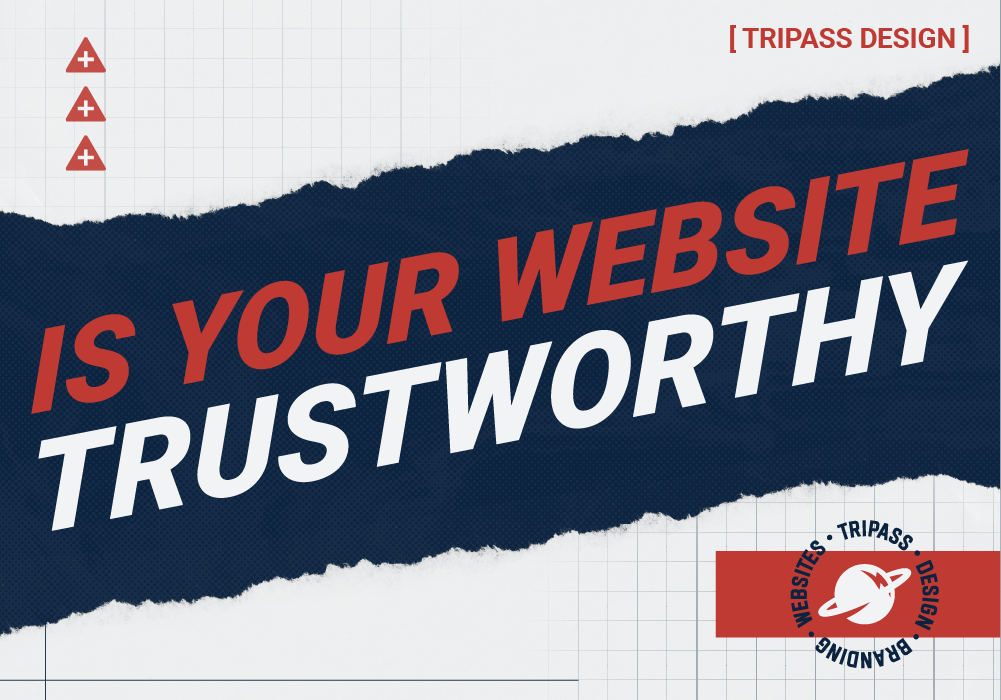In today's digital landscape, web accessibility isn't just a moral obligation—it's a strategic business imperative. Ensuring that your website is accessible to all users, including those with disabilities, can significantly enhance your market reach, mitigate legal risks, and improve overall user experience, leading to higher conversion rates. This comprehensive analysis delves into the multifaceted benefits of web accessibility, supported by compelling statistics and case studies, to underscore its critical importance in modern business strategy.
1. Expanding Your Audience Through Accessibility
The global population of individuals with disabilities represents a substantial and often underserved market segment. According to the World Health Organization, over 1 billion people—approximately 15% of the world's population—live with some form of disability. In the United States, the Centers for Disease Control and Prevention reports that 26% of adults have some type of disability. These figures highlight a significant portion of potential consumers who may encounter barriers when accessing online content.
By designing websites that are accessible, businesses can tap into this vast audience, fostering inclusivity and expanding their customer base. Accessible design ensures that individuals with visual, auditory, motor, or cognitive impairments can navigate and interact with web content effectively. This inclusivity not only enhances the user experience for people with disabilities but also benefits other users, such as the elderly or those with temporary impairments.
Case Study: Legal & General Group
A compelling example of the business benefits of web accessibility is the case of Legal & General Group, a leading financial services company in the UK. Recognizing the importance of accessibility, the company undertook a comprehensive redesign of its website to meet the Web Content Accessibility Guidelines (WCAG). The results were remarkable:
- Increased Traffic: The company experienced a 50% increase in natural search traffic, indicating that the accessible design improved their search engine optimization (SEO) and made it easier for users to find their services.
- Expanded User Base: The accessible website attracted a more diverse audience, including individuals with disabilities who previously faced challenges accessing their services.
- Enhanced Brand Reputation: By prioritizing accessibility, Legal & General strengthened its brand image as an inclusive and socially responsible company, which resonated positively with consumers.
This case underscores the tangible benefits that accessibility can bring, not only in terms of increased traffic but also in reaching a broader audience and enhancing brand perception.
The Overlooked Market Potential
The market potential of individuals with disabilities is often underestimated. In the United States, the discretionary income of working-age people with disabilities is about $21 billion, according to the American Institutes for Research. Globally, the disability market represents an annual disposable income of over $1 trillion, as reported by Return on Disability. By neglecting accessibility, businesses risk alienating a significant segment of the market with substantial purchasing power.
Beyond Disabilities: Universal Design Benefits
Accessible design principles often align with universal design concepts, which aim to create products and environments usable by all people, to the greatest extent possible, without the need for adaptation. Features such as clear navigation, readable fonts, and consistent formatting not only assist individuals with disabilities but also enhance the overall user experience. For instance, captions on videos benefit not only those who are deaf or hard of hearing but also users in noisy environments or those who prefer to read content.
2. Reducing Legal Risks
Non-compliance with web accessibility standards can expose businesses to significant legal risks. Various laws and regulations mandate digital accessibility, and failure to adhere can result in lawsuits, financial penalties, and reputational damage.
Legal Frameworks Mandating Accessibility
In the United States, the Americans with Disabilities Act (ADA) prohibits discrimination against individuals with disabilities in all areas of public life, including websites. Title III of the ADA has been interpreted by courts to apply to online spaces, requiring businesses to ensure their websites are accessible.
Similarly, the Rehabilitation Act of 1973, particularly Section 508, mandates that federal agencies and organizations receiving federal funding make their electronic and information technology accessible to people with disabilities.
Internationally, the European Union's Web Accessibility Directive requires public sector websites and mobile applications to meet specific accessibility standards. The Accessibility for Ontarians with Disabilities Act (AODA) in Canada sets out similar requirements.
Rising Litigation Trends
The number of web accessibility lawsuits has been on the rise. In 2020, there were approximately 3,500 web accessibility lawsuits filed in the U.S., up from 2,900 in 2019 and 2,300 in 2018.
Most recently, 2024 saw over 4,000 lawsuits filed in the state and federal courts. This continuing upward trend indicates increasing legal scrutiny and the necessity for businesses to prioritize accessibility.
Notable Legal Cases
A landmark case highlighting the legal implications of non-compliance is the 2006 lawsuit against Target Corporation by the National Federation of the Blind. The lawsuit alleged that Target's website was not accessible to blind users, violating the ADA. The case resulted in a $6 million settlement and mandated that Target implement accessibility improvements. This case set a precedent, emphasizing that websites are considered places of public accommodation under the ADA.
More recently, in 2019, a blind plaintiff sued Domino's Pizza, alleging that the company's website and mobile app were not accessible, preventing him from ordering food. The case reached the U.S. Supreme Court, which declined to hear Domino's appeal, effectively upholding the Ninth Circuit's decision that the ADA applies to websites and mobile apps.
Mitigating Legal Risks Through Proactive Measures
To mitigate legal risks, businesses should proactively ensure their websites comply with established accessibility standards, such as the WCAG, developed by the World Wide Web Consortium (W3C). Implementing these guidelines can help businesses avoid litigation and demonstrate a commitment to inclusivity.
3. Enhancing User Experience and Driving Innovation
Accessible design is synonymous with good design. By focusing on accessibility, businesses can enhance the overall user experience, leading to increased customer satisfaction and loyalty. Moreover, accessibility can drive innovation, as designing for diverse users often leads to the development of new solutions that benefit all users.
Improved Usability for All Users
Implementing accessibility features often results in a more intuitive and user-friendly website. For instance, providing text alternatives for images not only assists users with visual impairments but also benefits users in low-bandwidth situations where images may not load. Similarly, ensuring that all functionalities are accessible via keyboard navigation aids users with motor impairments and enhances the experience for power users who prefer keyboard shortcuts.
A study by Level Access found that nearly 90% of professionals reported that digital accessibility contributed to improvements in user experience.
Driving Innovation Through Inclusive Design
Designing for accessibility encourages businesses to think creatively and develop innovative solutions that cater to a wide range of users. This inclusive approach can lead to the discovery of new markets and the development of products that appeal to a broader audience.
For example, the rise of voice-controlled devices and virtual assistants, such as Amazon's Alexa and Apple's Siri, was initially driven by the need to assist users with disabilities. These technologies have since become mainstream, demonstrating how accessibility-driven innovation can benefit all users.
4. Strengthening Brand Reputation and Customer Loyalty
Demonstrating a commitment to accessibility can significantly enhance a company's brand reputation. Consumers are increasingly favoring businesses that prioritize inclusivity and social responsibility.
Building a Positive Brand Image
Companies that embrace accessibility send a strong message that they value all customers, regardless of their abilities. This inclusivity fosters a positive brand image and can differentiate a business from its competitors.
A survey revealed that 76% of disabled consumers remain loyal to brands offering accessible options, and 80% suggest that ignoring disabled consumers could cost companies millions.
Enhancing Customer Loyalty
Accessible websites ensure that all users can interact with a brand's online presence without barriers. This seamless experience encourages repeat visits and fosters customer loyalty.
For instance, providing accessible customer service options, such as live chat with screen reader compatibility or video calls with sign language interpreters, can make a significant difference in customer satisfaction and retention.
5. Improving Search Engine Optimization (SEO) and Market Reach
Accessible websites often perform better in search engine rankings, leading to increased visibility and a broader audience reach.
SEO Benefits of Accessibility
Many accessibility practices align with SEO best practices. For example, providing descriptive alt text for images not only aids screen reader users but also helps search engines understand the content of images, contributing to better rankings.
Additionally, accessible websites typically have cleaner code and faster load times, which are factors that search engines consider when ranking sites.
Expanding Market Reach
By making a website accessible, businesses can reach a wider audience, including individuals with disabilities, the elderly, and users accessing the site from various devices and browsers. This inclusivity can lead to increased traffic and potential sales.
Conclusion
Investing in web accessibility is not just about compliance or ethical responsibility; it's a strategic business decision that offers numerous benefits. By making your website accessible, you can expand your audience, reduce legal risks, enhance user experience, drive innovation, strengthen your brand reputation, and improve SEO. Embracing accessibility is a win-win for both your business and your customers.



